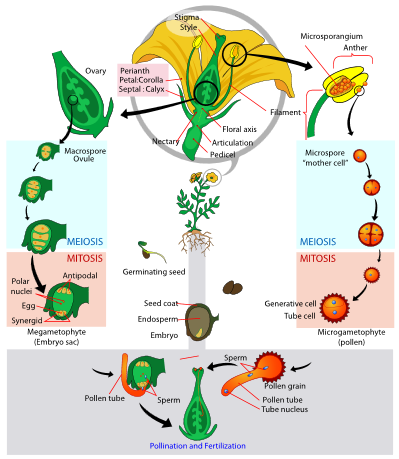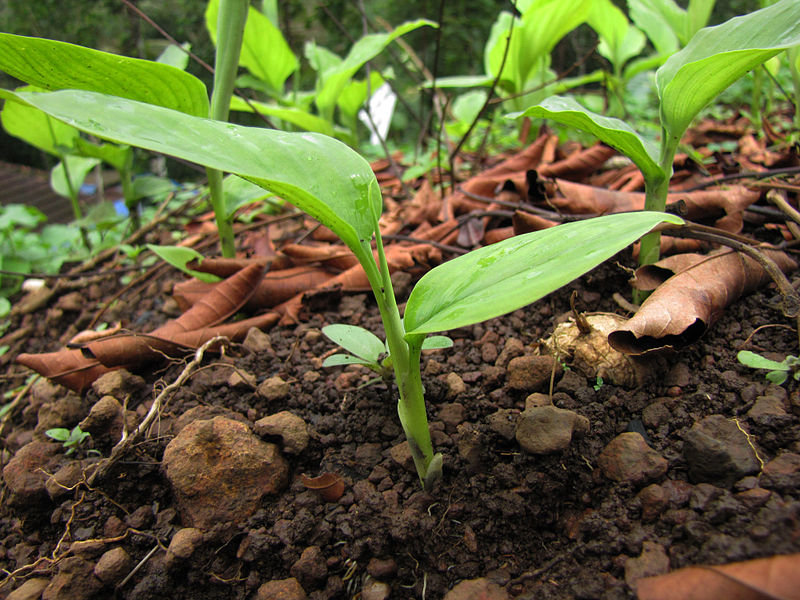
Reproduction
Curcuma Longa undergoes alternation of generation. It has alternation of generation with 2N sporophyte, and the sporophyte undergoes the meiosis. The life cycle in multicellular diploid stage is followed by multicellular haploid stage. Curcuma Longa is angiosperm which called Anthephyta (anthe=flower, phyto=plant), that is the common name for flowering plants.
Curcuma Longa is monocotyledons plant with one nutrient storage in the seed. Flower is the reproductive structure in angiosperm. It has perfect flower or imperfect flower (male and female in the same flower). Angiosperm is called double fertilization, when the sperm nuclei reach the female gametophyte. One sperm nucleus and the egg cell make a unit to form a new 2n zygote. It tends to store their food in their endosperm. It has nutrient transfer to cotyledon when they needed.
Click here to visit next page.


